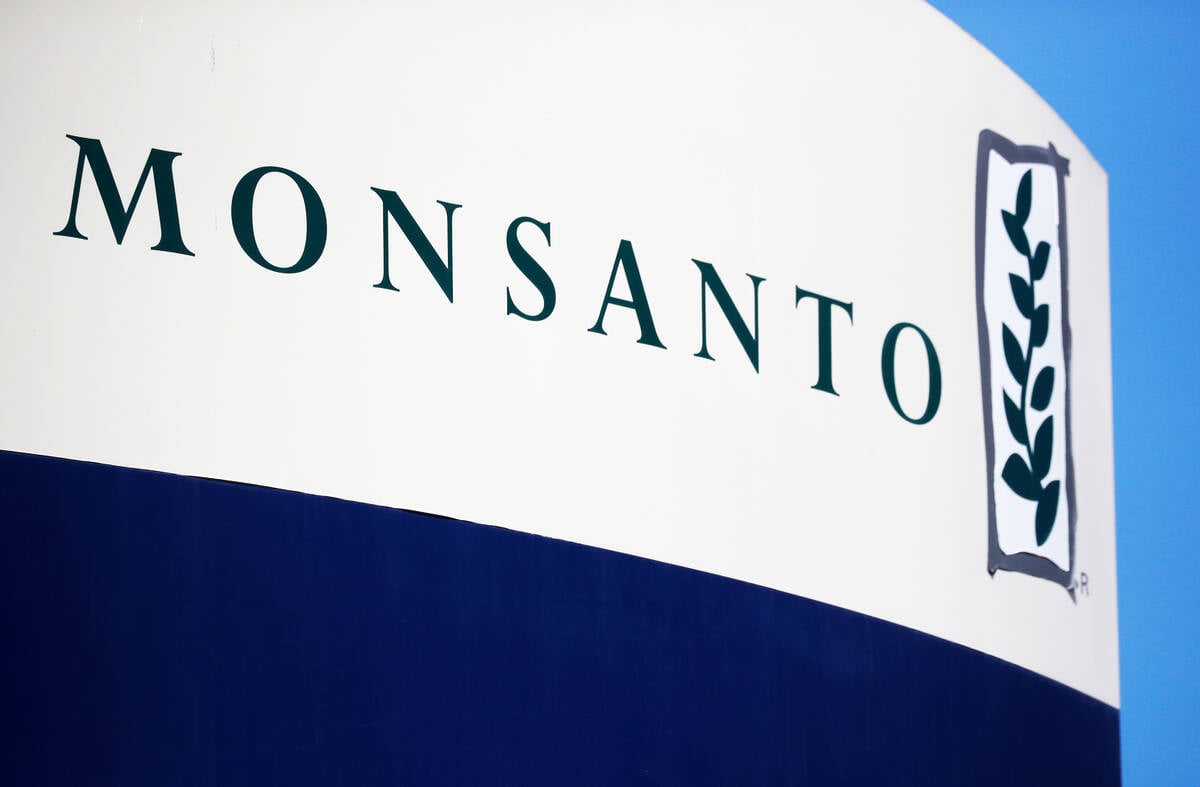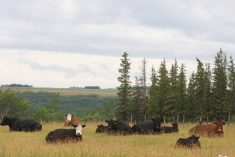What seems like a lifetime ago now, I was a reporter with a small rural weekly in northwestern Saskatchewan.
As one does when staffing a small media outlet, I wound up covering a bit of everything, including the local senior hockey team.
They were a fun bunch of mill workers, mechanics and local farm kids, who laboured under no illusion the stands were stuffed with NHL scouts. They were there to play hard, try to win, but ultimately to have fun too.
The same couldn’t be said for their coach, a certified (or is that certifiable?) Type A personality, given to high-volume, expletive-filled rants.
Read Also

Roundup retraction makes public trust ripples
A foundational study on glyphosate safety was recently retracted, while Roundup maker Bayer has already said it may ditch the key agricultural herbicide after lawsuits piled up.
That might have been ignored, if he’d been a coach who otherwise inspired his players or made them better. But his idea of coaching appeared to be periodically leaning out over the boards to shout, at the top of his lungs, “Come on! Get a goal, you guys!”
At the end of that long, frustrating season with few red lights behind the opposition goal, one of his star players had finally had enough.
After the umpteenth “get a goal you guys,” this player stopped dead at centre ice, pivoted around and fixed his coach with a steely glare and barked out, “Thanks coach. That had never occurred to me,” to the delight and hilarity of the assembled spectators.
It’s starting to feel a bit like that frosty hockey rink these days, as everyone talks up the potential to grow the agriculture and food sector.
One of the recent examples of this was Manitoba Agriculture Minister Ralph Eichler, who made what appears to be an off-the-cuff remark about growing the province’s beef herd, decimated by the BSE crisis in the early ‘aughts.’
A longtime advocate of the agriculture sector generally and the beef business in particular, Eichler is really guilty of nothing more than overenthusiasm. What has become apparent however, is there wasn’t a defined strategy.
Manitoba Beef Producers has, to the outside observer, since been politely nudging the provincial government seeking programs to meet this goal, and in particular it would like to see policies that encourage young producers to enter the business or grow their existing operations.
At the national level is where this trend can truly be seen however. There, after decades of being viewed as a poor cousin, the Trudeau government is suddenly slathering the sector with attention.
First the high-profile Advisory Council for Economic Growth tagged agriculture and food as a major growth opportunity.
Then the federal budget hit the table with the goal of adding nearly 50 per cent to Canada’s agriculture and food exports, taking them from $56 billion a year today to $75 billion annually by 2025.
It’s good the federal government sees the sector as an opportunity. But it certainly doesn’t seem to have a clear picture what it’s going to do to facilitate this desired growth, at least not if the budget itself is any guide.
It was long on platitudes and short on substance, making a few soothing noises about investing in innovation and putting a few more dollars into agriculture research. It also touted removing barriers to growth and opportunities, but that’s about it.
Setting growth goals without clearcut policies behind them is, to be frank, a bit insulting. It insinuates that the agriculture and food sector hasn’t already been doing its best to capture markets around the world and grow them here at home. It also presupposes that somehow these rubes down on the farm just need a bit more help to get over the top.
In fact, much of the trouble Canada’s agriculture sector faces can be traced back to a mishmash of policies with no clearcut end goal.
For example, we want to be a swashbuckling trading nation, but we simultaneously want to protect our supply-managed industries. Or we want to grow local food, but at the same time there are countless regulatory barriers to entry for smaller operations looking to direct market or further process.
We also have agriculture policies that don’t clearly define what a farm is. Is the $10,000 in gross farm sales to be considered a farm at all reasonable in this day and age? While it’s true small operations often meet niche local markets and shouldn’t be ignored, does a one-size-fits-all policy for them and a large Prairie grain operation make any sense?
There’s also a real reluctance, it seems, to have a meaningful look at our agriculture support programs such as AgriStability, and determine if they’re effective. The falling participation numbers suggest farmers are voting with their feet, and this needs to be addressed if government wants to see the sector grow and thrive.
In general, government needs to sort out what it wants and become a better coach.
Otherwise it’s just hanging over the boards yelling, “Come on you guys! Sell more!”















